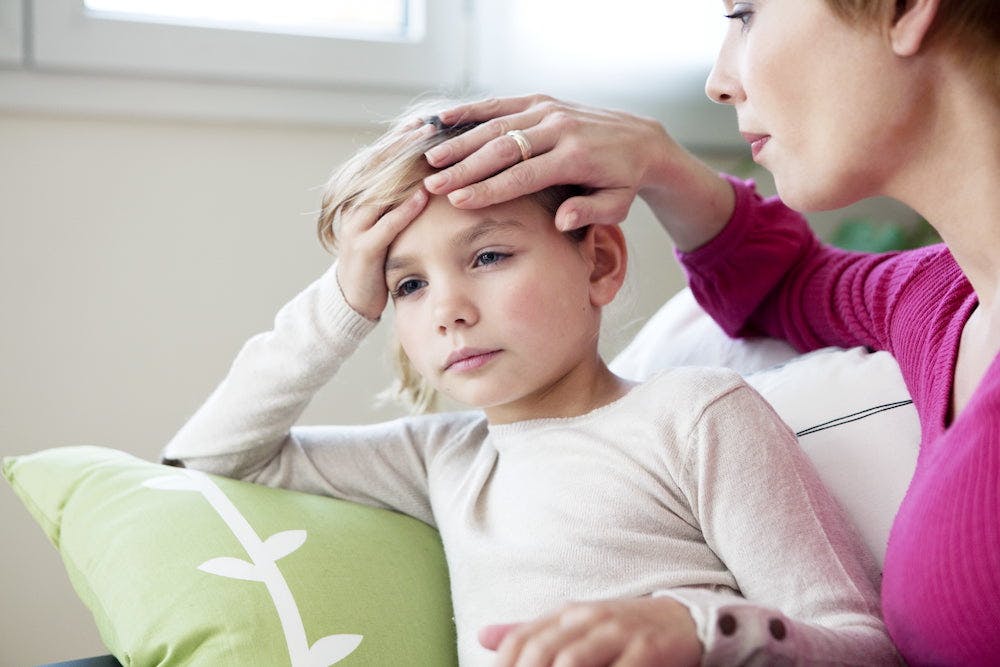
2024-07-12T16:54:51
Sunscreen Travel Tips
- Dermatology
June 24, 2019 | Family Medicine

Children and adults share many of the same migraine symptoms, but there are some noticeable differences in children. For example, in children, migraine headaches may not last as long or be as frequent as migraines in adults. Additionally, adult migraine pain usually affects one side of the head, but in children, pain affects both sides and/or the front of the head.
Other migraine symptoms in children include:
Since children often struggle to communicate their symptoms clearly, parents should also watch for changes in behavior, like napping, mood swings, or reluctance to participate in usual activities.
At-home treatment
Does your child get frequent headaches? Start keeping a headache diary to note when the headaches occur and what your child was doing. This is important because many migraines are triggered by environmental factors. Common migraine triggers include:
Avoiding these triggers can often limit migraines.
If your child does get a migraine, allow him or her to rest in a dark room. Place a cool, wet cloth on the forehead, and make sure your child stays hydrated.
You can also give your child over-the-counter pain relievers like ibuprofen and acetaminophen, which are safe and effective for children. If over-the-counter medications are unsuccessful, or if your child frequently requests pain relievers, talk to your doctor about whether migraine-specific medications may be more effective.
Prevention
Prevention strategies include making sure your child:
Relaxation exercises like breathing and meditation can also help with headaches.
When lifestyle changes don’t work and/or if headaches are very severe, your child’s doctor may prescribe medications. Some antidepressants and anti-seizure drugs can effectively treat migraines. Triptans, which are preventive migraine drugs, are safe for children older than 6. Anti-nausea medications can also treat vomiting that occurs with migraines.
Headaches in Kids: What Parents Can Do To Help. American Migraine Foundation. https://americanmigrainefoundation.org/resource-library/headaches-kids-parents-can-help/
Migraine in Kids and Teens: Migraine Research Foundation.
https://migraineresearchfoundation.org/about-migraine/migraine-in-kids-and-teens/
WRITTEN BY:
The Live Better Team


2024-07-12T16:54:51

2024-07-02T11:42:04

2024-07-01T13:49:28

2024-06-21T14:29:51
This information is not intended to replace the advice of a medical professional. You should always consult your doctor before making decisions about your health.